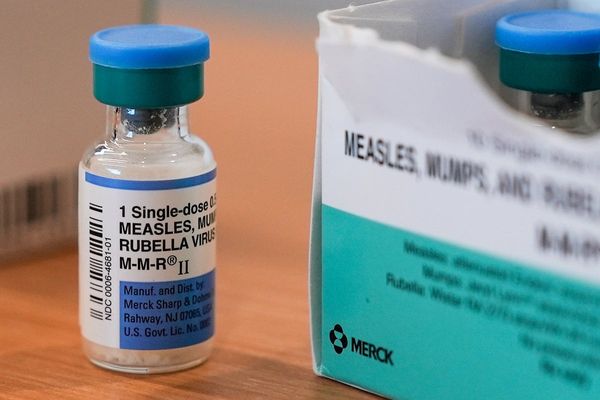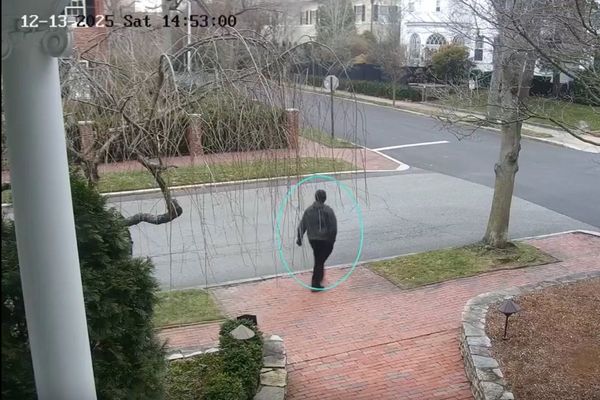
The Delhi regional government is trialling a cloud-seeding experiment to induce artificial rain, in an effort to clean the air in the world’s most polluted city.
The Bharatiya Janata party (BJP) has been proposing the use of cloud seeding as a way to bring Delhi’s air pollution under control since it was elected to lead the regional government this year.
Cloud seeding involves using aircraft or drones to add to clouds particles of silver iodide, which have a structure similar to ice. Water droplets cluster around the particles, modifying the structure of the clouds and increasing the chance of precipitation.
Months of unpredictable weather over India’s capital had put the BJP’s cloud-seeding plans on pause. But days after Delhi’s air quality once again fell into the hazardous range after Diwali festival, and a thick brown haze settled over the city, the government said the scheme would finally be rolled out.
The Delhi environment minister, Manjinder Singh Sirsa, said the first trial flight – during which seeding flares were launched into the sky – was conducted on Thursday.
The city’s chief minister, Rekha Gupta, said: “If conditions remain favourable, Delhi will experience its first artificial rain on October 29.”
Experts who have studied cloud seeding say it is no panacea. It is supposed to produce more frequent and heavier rain than the clouds would otherwise release, but the effect is often small. The process also requires clouds, and they are often not present over Delhi during winter when pollution peaks. It also does not address the root causes of pollutants.
Two professors at Delhi’s Centre for Atmospheric Sciences condemned the plan as a “gimmick”. “It is a textbook case of science misapplied and ethics ignored,” said Shahzad Gani and Krishna AchutaRao, writing in the Hindu newspaper.
They equated the plans with the “smog towers” that were erected in Delhi by the previous government, at the cost of billions of rupees, but were found to be largely ineffectual at improving air quality.
They also warned that there was little research into the long-term effects on repeated use of the chemicals used in cloud seeding, such as silver iodide or sodium chloride, on agriculture and human health.
“Snake-oil solutions will not clear the air in Delhi or the rest of North India,” Gani and AchutaRao said.
Delhi has been ranked as the world’s most polluted city for more than a decade. In 2024, pollution levels – caused by a deadly mix of emissions from crop burning, factories and heavy traffic, which get trapped over the city when the air gets colder – rose by 6%.
During winter, levels of PM2.5 and PM 10 – the fine particulate matter that causes pollution – in the city regularly go far above those seen during the famous “airpocalypse” in Beijing in 2013, before the Chinese government took stringent initiatives to clean the air.







